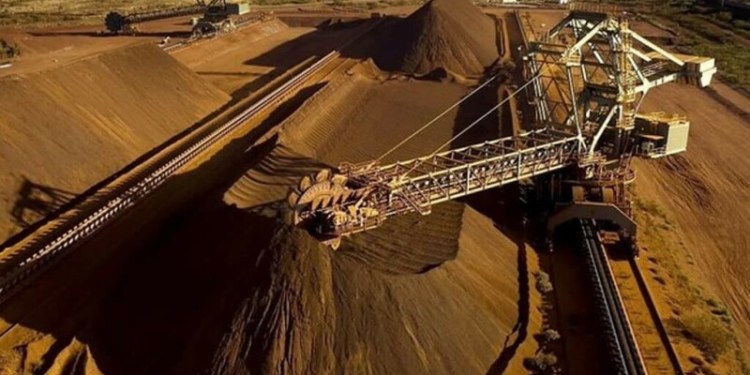Investing.com – Oil prices tumbled about 3% on Thursday after another outsize weekly build in U.S. crude stocks and OPEC’s suggestions the global market could be in a glut by next year.
The ominous warning of oversupply was a one-two punch for a market already reeling from a selloff in the stock market, including in shares of energy companies.
Hurricane Michael’s devastation and its part-shutdown of oil production on the U.S. Gulf Coast were ignored as traders considered the possibility of a market awash in crude by 2019.
Brent, the global benchmark for crude, fell below the key $80 support level in Thursday’s session.
New York-traded U.S. crude was less than $1 from breaking below the key $70-per-barrel support level it had defended the past three weeks after the U.S. Energy Information Administration (EIA) reported a rise of 5.987 million barrels in in the week to Oct. 5, more than double forecasts.
“Inventory data has served to kick crude when it’s already down,” said Matthew Smith, commodity research director at Clipperdata, a New York-based tracker of crude cargoes.
Just a week earlier, the EIA reported a near-8-million barrel build in U.S. crude stocks, which was quadruple expectations.
Separately, Genscape, a firm that surveys storage levels at the Cushing, Okla. hub for U.S. crude, reported a rise of 1.46 million barrels during the week to Oct. 9. Weekly builds of more than 1 million barrels in Cushing tend to weigh on oil prices.
WTI settled at $70.97 per barrel, down $2.20, or 3%. It has lost almost 6% in just two sessions, although it was still up 40% from a year ago. Thursday’s low for WTI was $70.50. At below $70, WTI will hit its lowest level since Sept. 21.
London-traded , the global benchmark for crude, fell below $80 after Mohammad Barkindo, secretary general of OPEC, said the market was well supplied despite “perceptions of a possible supply shortage,” an oblique reference to the squeeze expected from the U.S. sanctions against Iran beginning Nov. 4.
Brent was at $80.27 per barrel, down $2.82, or 3.4%. Like WTI, it was also down almost 6% since Wednesday, though it remained 43% higher from a year ago. Brent’s low on Thursday was $79.81.
Just last week, Brent hit a four-year high of $86.73. That rally came as Wall Street banks raised their price projections for oil in the fourth quarter and next year due to the Iran factor. Many had cited $100 Brent as a possibility, though not a target.
But in recent days OPEC, along with major oil producer Russia, has been pressured by various sources, including President Donald Trump, to raise production and prevent oil prices from spiking. Trump and his Republican colleagues are worried that U.S. pump prices for gasoline could get beyond $3 per gallon before U.S. midterm elections in November, angering voters.
But Barkindo suggested at an industry conference in London on Thursday that Trump may not have to worry too much about the squeeze from Iran, the fourth-largest oil producer in the world and the third-largest exporter in OPEC, which produced 3.5 million barrels in September.
“The projections for 2019 clearly show a possible rebuild of stocks,” he said.
Separately, OPEC said in a monthly report on Thursday that production by its own 15 members rose by 132,000 barrels per day in September to 32.76 million bpd, the highest this year. It also said it now expected global oil demand to grow by 1.54 million bpd this year, down 80,000 bpd from its last forecast, due to trade disputes and volatility in emerging markets.
Source: Investing.com


























